Orange coloured fruits (including oranges) get their hue from carotenoids, also known as carotenes. There are 1100 different carotenoids, the most prominent of which are beta carotene and lycopene. Carotenes have been linked with better eye health, but also higher risks of lung cancer. We covered them only partially in our carrots post, so here’s some more insights and a list of carotene-rich fruits.
Orange Fruits Benefits
The colour orange comes from carotene because, like all pigments, it absorbs certain wavelengths of light and reflects others. The wavelengths it reflects are orange in colour, so we see carotene as being orange (a mix of red and yellow). The main purpose of carotene in plants is to help with photosynthesis by directing sunlight energy into chlorophyll containing cells. Our bodies convert beta carotene into Vitamin A, an essential micronutrient.

Orange Fruits promote Eye Health
Considering that plants use them for processing light, it makes sense that carotenes help with our own light-sensitive organs. Vitamin A, generated from beta carotene, helps the eyes and brain to process light in the course of achieving vision. People with Vitamin A deficiencies can suffer from night blindness, which as the name suggests makes it difficult to see anything in low light environments. Vitamin A also promotes eye moistness, reducing the sometimes serious problems caused by dry eyes.
Carotenoids are Antioxidants
Antioxidants are substances which help to balance oxidative stress in cells. Oxidative stress damages cell structures to cause a wide range of health problems, including cancer. Beta carotene is an antioxidant, so it might help to prevent cancer and other oxidative stress related conditions like Alzheimer’s disease.
However, the cellular processes and chemical reaction chains are incredibly complex so it is hard to say with certainty whether or not beta carotene helps with oxidative stress, on balance. Some studies show benefits, whilst others show negative health effects.
The overwhelming recommendation from most health professionals is to eat some orange coloured (carotenoid-containing) food on a regular basis. Eating too much could have negative health effects, but the same could be said of any colour of food. Best practice is to keep changing things up to give your body a good balance of carotenoid-rich food. This list of orange coloured fruit might provide some inspiration:
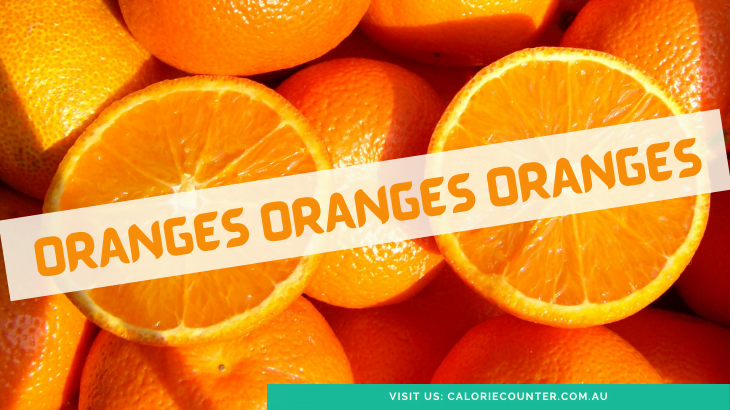
Oranges
Perhaps surprisingly, oranges are not that great sources of carotenoids compared to the other fruits on this list. Perhaps that’s because most oranges in nature are green, not orange, even when ripe. Many producers use gas to kill the chlorophyll cells in the orange peel, so that the green goes away, leaving the more stable orange carotenoid to shine through. Still, oranges are a great source of Vitamin C and other valuable nutrients.
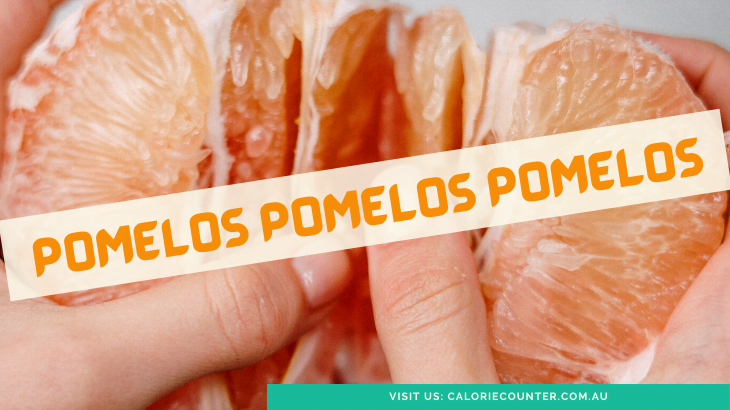
Pomelos
Whilst not all pomelos are orange, it is fair to say that the pomelo is an orange fruit. Avoid pomelo and grapefruit if you are on anti-hypertension or anti-coagulant medication because it may interfere with their action.

Grapefruit
The grapefruit, like many other citrus fruits, is a cross between the pomelo and a sweet orange. We could make this whole list about citrus but we will stop at grapefruit so that you get to see a bit more orange fruit variety.
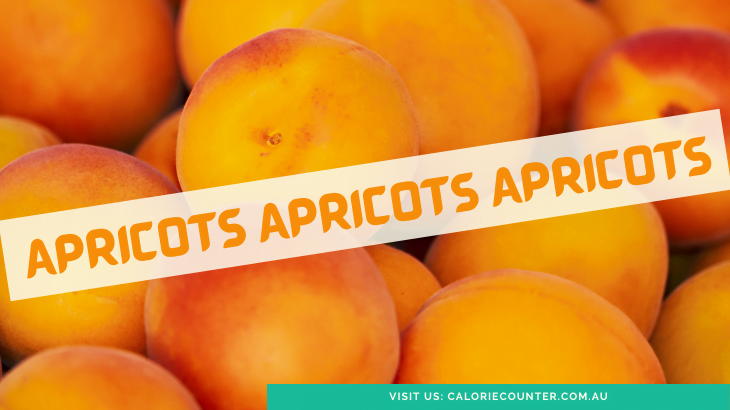
Apricots
The apricot, of the plum family, is the national fruit of Armenia. They have been used in Chinese traditional medicine for so long that Chinese doctors are sometimes called “experts of the apricot grove”.
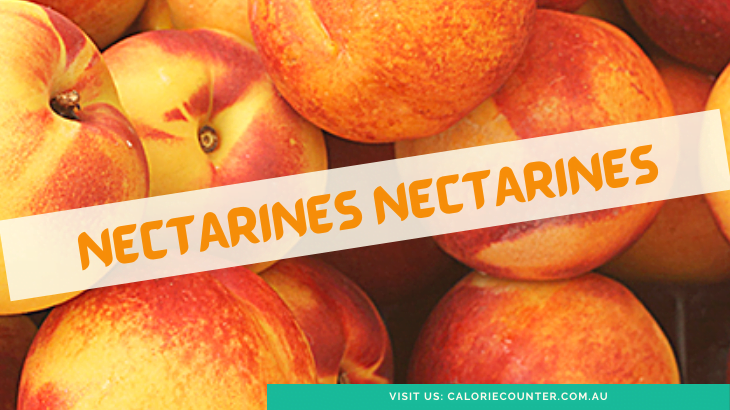
Nectarines
Nectarines are often thought to be hybrids of plums and peaches, but this is not true. They’re just another variety of peach, without the usual peach fuzz. Some of them are pink, whilst other varieties are definably orange fruits. Nectarines and peaches in general are not good sources of essential micronutrients, but they do provide decent phytochemicals like carotenoids.

Persimmons
Persimmons, like tomatoes, are berries. They are not very nutritious but are good sources of carotenoids. Avoid eating unripe persimmons because they contain a tannin which reacts with stomach acid to form a hard, sticky lump which can lodge in the digestive system. Ripe (soft) persimmons don’t have this problem.
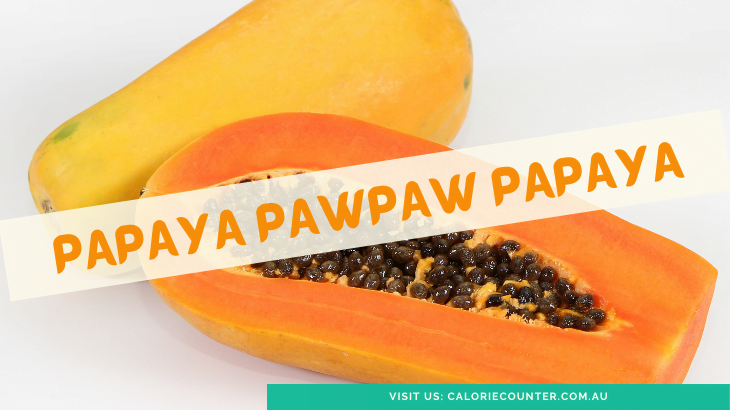
Papayas, or Pawpaws
The papaya is another large berry (sometimes 45cm long) with orange flesh. It has lots of Vitamin C and carotene but not much else in terms of micronutrients. Don’t eat green (unripe) papaya unless it is cooked, or the latex will poison you. Yes, people cook papaya. Cooked green papaya is widespread in southeast Asia.

Rockmelons, or Cantaloupes
Rockmelons, known as cantaloupes outside of our fair shores, are rich in beta carotene and Vitamin C. Beware their skin though because it is a magnet for bacteria, especially salmonella. Try not to eat rockmelon which has been cut open and left for a couple of days. Scrub them well if you’re serving it with peel attached.
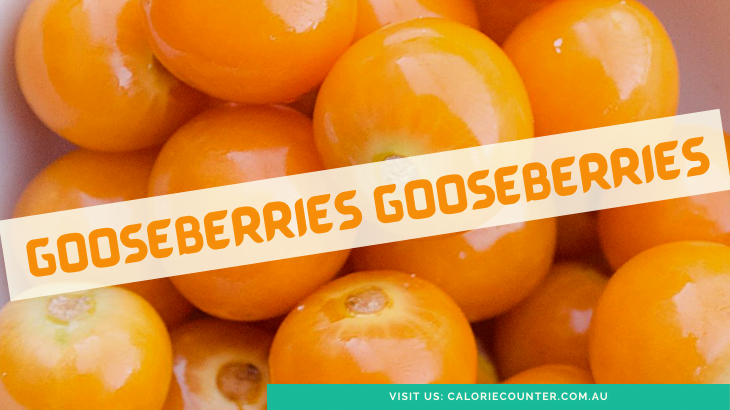
Gooseberries
Yet another orange berry with lots of Vitamin C, gooseberries have been cultivated for thousands of years. Nobody knows where the “goose” in “gooseberry” comes from, since there does not seem to be any relationship between geese and gooseberries (geeseberries?).
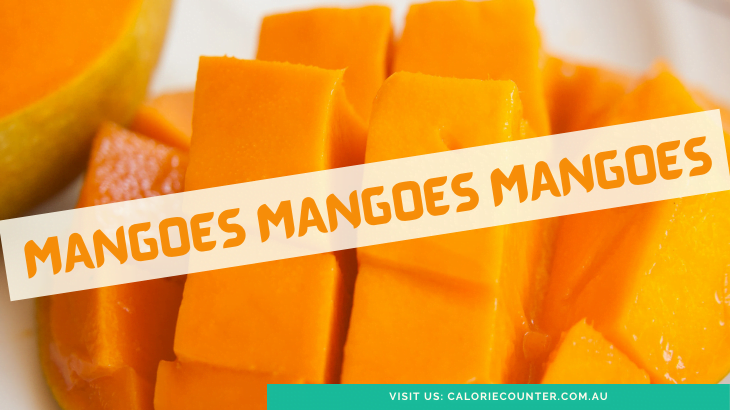
Mangoes
The national fruit of India, Philippines, Pakistan, and Bangladesh, mangoes have been enjoyed by people since prehistory. In addition to phytochemicals like carotene, mangoes are a good source of Vitamin C and Folate.
Orange Fruits in Summary
The number of orange coloured fruits is much longer than this list, especially if you include yellow-to-orange hued types like starfruit and plum. The key takeaway is that most orange fruit comes in citrus, berry, melon, and stone fruit. All orange coloured fruits contain carotenoids (and hence Vitamin A), and most are good sources of Vitamin C. Some orange fruit should not be eaten raw.









